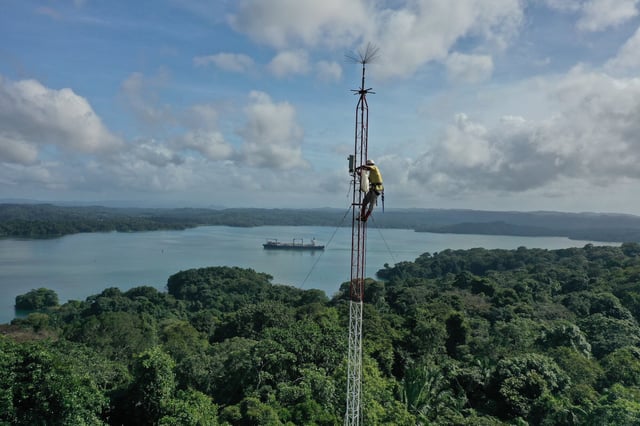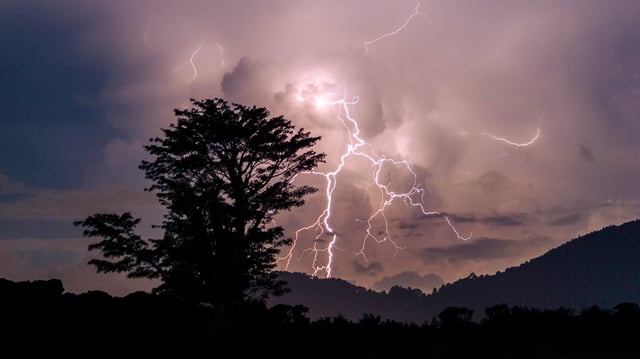Overview
- Dipteryx oleifera trees survive lightning strikes with minimal damage, unlike most other species, with all nine sampled trees recovering fully in the study.
- Lightning strikes kill an average of 9.2 neighboring trees and reduce parasitic vine infestations on Dipteryx oleifera by 78%, freeing resources for growth and reproduction.
- The species' tall height and wide crowns may have evolved to increase the likelihood of being struck, providing a competitive advantage in tropical forests.
- Lightning tolerance boosts Dipteryx oleifera's reproductive success, making it 14 times more likely to produce offspring compared to trees without this adaptation.
- Researchers are now investigating the structural and electrical traits behind this lightning tolerance and exploring whether other species share similar adaptations.


